Sabrina Stehwien
Effects of Word Embeddings on Neural Network-based Pitch Accent Detection
Jun 07, 2018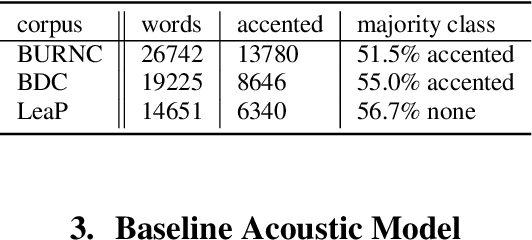


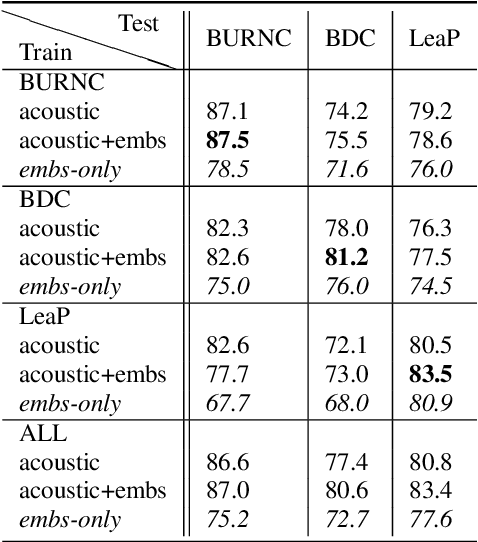
Abstract:Pitch accent detection often makes use of both acoustic and lexical features based on the fact that pitch accents tend to correlate with certain words. In this paper, we extend a pitch accent detector that involves a convolutional neural network to include word embeddings, which are state-of-the-art vector representations of words. We examine the effect these features have on within-corpus and cross-corpus experiments on three English datasets. The results show that while word embeddings can improve the performance in corpus-dependent experiments, they also have the potential to make generalization to unseen data more challenging.
Improving coreference resolution with automatically predicted prosodic information
Jul 28, 2017
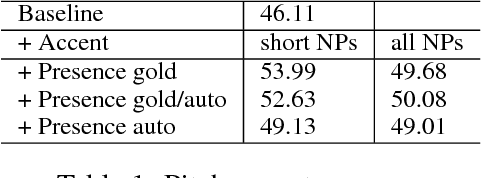
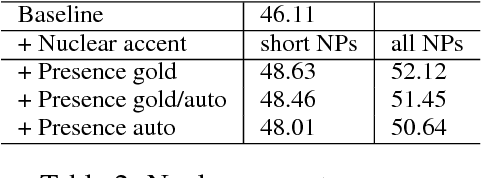
Abstract:Adding manually annotated prosodic information, specifically pitch accents and phrasing, to the typical text-based feature set for coreference resolution has previously been shown to have a positive effect on German data. Practical applications on spoken language, however, would rely on automatically predicted prosodic information. In this paper we predict pitch accents (and phrase boundaries) using a convolutional neural network (CNN) model from acoustic features extracted from the speech signal. After an assessment of the quality of these automatic prosodic annotations, we show that they also significantly improve coreference resolution.
Prosodic Event Recognition using Convolutional Neural Networks with Context Information
Jun 02, 2017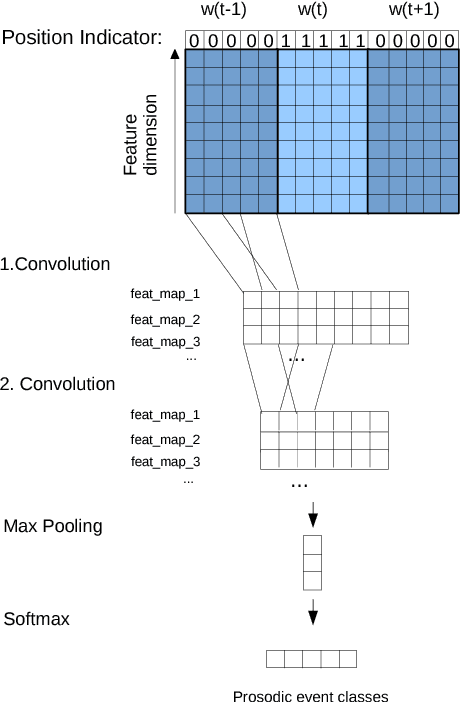


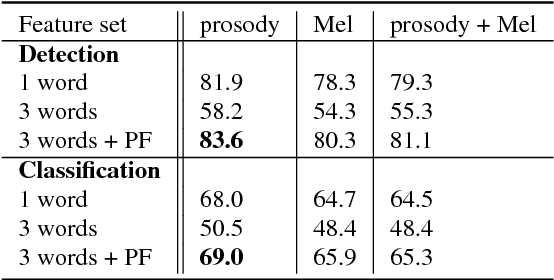
Abstract:This paper demonstrates the potential of convolutional neural networks (CNN) for detecting and classifying prosodic events on words, specifically pitch accents and phrase boundary tones, from frame-based acoustic features. Typical approaches use not only feature representations of the word in question but also its surrounding context. We show that adding position features indicating the current word benefits the CNN. In addition, this paper discusses the generalization from a speaker-dependent modelling approach to a speaker-independent setup. The proposed method is simple and efficient and yields strong results not only in speaker-dependent but also speaker-independent cases.
 Add to Chrome
Add to Chrome Add to Firefox
Add to Firefox Add to Edge
Add to Edge